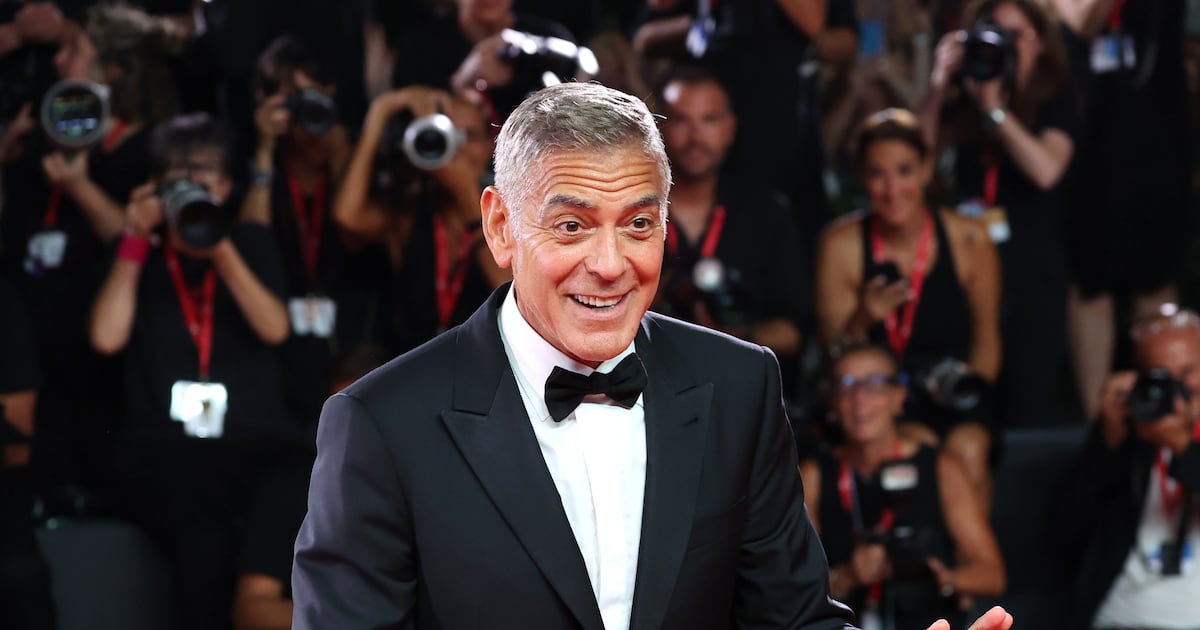For whatever reason, summertime in New York is when all the ghosts of hip-hop past come out of the woodwork. It’s mid-June, and I’m at a Celebrate Brooklyn! concert headlined by the ’90s hip-hop group Blackalicious. Big Boi is supposed to be performing, but he had to cancel thanks to a mistimed jump at his last concert. The Gift of Gab, the only original member of Blackalicious present, is twice as big as Big Boi but only half as well known. All 300 pounds of him slowly makes its way onto the stage, one of his feet lagging behind the other in a sort of smooth swagger. He’s wearing a huge bright orange polo, nondescript blue jeans, and a pair of Nike Air Force 1s. I turn to my friend and say, “Who is this guy?” I can’t remember the last time I saw anyone on stage who looked like him.

That humid night, I realized I had forgotten how much I loved and missed performers like Gift of Gab, the Fat Boys, and Raekwon. The original funky diabetics. The gangsters and goofs whose performances entertained us while at the same time cultivated respect. They may have looked like giant teddy bears, but some of them were scary as shit. But what happened to them? Where did all the fat rappers go?
Of course, not all rappers in the past were fat, and not all rappers now are skinny, but after the mid-’90s, the hip-hop scene began to slim down noticeably. In the early ’90s there was Biz Markie, Chubb Rock, E-40, Heavy D, Scarface, Raekwon, and Notorious BIG, among others. Then, of course, the mid-’90s produced the fat rapper power couple Fat Joe and Big Pun. But the millennium saw the last of the truly fat rappers: Gift of Gab, J-Live, Bone Crusher, and Fatman Scoop. By around 2005, Rick Ross, Joell Ortiz, and Gorilla Zoe were some of the only ones left. In 2007 the transformation was made complete when Dr. Dre shocked the music world by showing up on stage at the MTV Music Awards looking like a professional bodybuilder. And Eminem, 50 Cent, and the beautiful D’Angelo? They all went through chubby phases of their own, but ended up looking sculpted. Even Fat Joe is just an average Joe now.
ADVERTISEMENT
Over the years, the world of hip-hop lost a handful of members to health complications as a result of their size, most notably Buffy of the Fat Boys, Heavy D, and Big Pun. The failing health of some of the world’s most beloved performers served as motivation for rappers to change what they put in their bodies.
“Once Pun died, I went on a diet and lost like 100 pounds,” Fat Joe told VladTV. “I didn’t know what I know now ... I had to turn it up because I lost, like, six friends last year to heart attacks. All younger than me ... They looked healthy to me. They was just like me—they was tellin’ jokes like me, they was cool like me—but they all died.” Rappers like Big Pun took their platinum records and big paychecks and lived large. “Us rappers,” said Fat Joe, “we start thinking we’re superheroes, but we’re not. We’re human beings.”
In the ’90s, when rappers like Biggie, Heavy D, Big Pun, and even the Gif of Gab hit it big, hip-hop became mainstream, and artists became known not just by insular communities but also by fans worldwide. For rappers who were already large, their weight became a part of their image. But today, when celebrity and pop culture has a firm grip on every inch of our existence, image for celebrities is manufactured and calculated down to the very last pound.
Along with the rise in image-consciousness, the ’90s also saw the beginning of real obesity in America—when heaviness was first considered a “problem,” not just a way of being. A study by researchers at the University of North Carolina, Chapel Hill, found that from 1990 to 2000, the average weight of a a 5-foot-9 18-year-old man rose from 149 pounds to 166 pounds. An average 5-foot-5 woman’s weight increased from 132 to 147 pounds. Those numbers have only gone up since. Now rappers in New York City can’t even buy a large soda without feeling the wrath of Mayor Michael Bloomberg. While Americans as a whole may not be slimming down, those in the public eye feel the pressure to lose weight as they build a public image.
At the next Celebrate Brooklyn! concert I saw this summer, Theophilus London performed in his signature skinny jeans and designer-hipster getup. The place was packed. Instead of seeing performers in big white “hip-hop T’s” (all right, besides Kanye), we see rappers like Theophilus London, A$AP Rocky, Nas—the list goes on and on—collaborating with upscale designers and sitting front row at New York Fashion Week. Unlike rappers of the past, hip-hop artists today work hand in hand with brands and have become walking brands themselves (“I’m not a businessman/I’m a business, man,” raps Jay Z). Rappers like Jay Z now act as corporate vessels, so in addition to their myriad side projects, they also rake in millions to promote the latest electronic device or alcoholic beverage. Any significant weight gain could result in a financial hit. And if you’re not skinny, like Action Bronson, the chef turned rapper, your weight becomes a self-deprecating way to promote yourself. (Rick Ross is, of course, an exception. But we all knew that already.)
When I saw Action Bronson perform in Bushwick this summer, I left with a ton of respect for the guy and his music, but I wasn’t about to go buy his “fried hard smashed potatoes” from his food truck. People swarmed around him in the hopes of getting an Instagram selfie, but it wasn’t your usual celebrity meet and greet. Fans were touching him unreservedly, asking him if he would pose with their dog and snickering behind his back about how sweaty he was. No one would ever have dared do that with Big Pun or Biggie. There was nothing malicious about the scene, but there was something exploitative about it. There was no give-and-take—he was there purely for everyone’s entertainment.
I guess it’s hard out here for a plus-size pimp.




